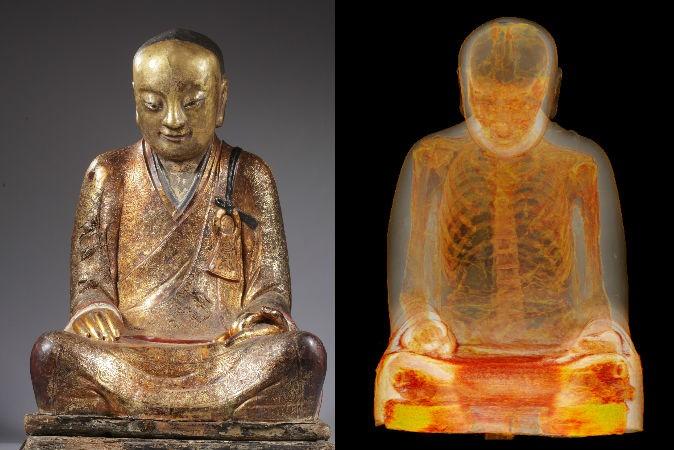A mummified monk inside a golden Buddha statue is at the center of an international dispute—over who owns it.
Inside the gold figure is the mummified body of Chinese Buddhist monk Qisan Zhang, who was left preserved for generations at a Chinese temple. But villagers claim that the statue was stolen and they are applying international pressure to get it returned.
They’ve now taken the current owner of the statue to court over it, AFR reported. A Dutch court will now hear the case.
They claim the statue—and with it, the monk, who is believed to have lived about 1,000 years ago during the Song Dynasty—were “stolen” in 1995. It was most recently displayed in the Natural History Museum in Budapest, but it is owned by a private collector, architect Oscar van Overeem.
The monk is believed to have been a healer who knew herbal remedies. Locals say he was able to heal people.






